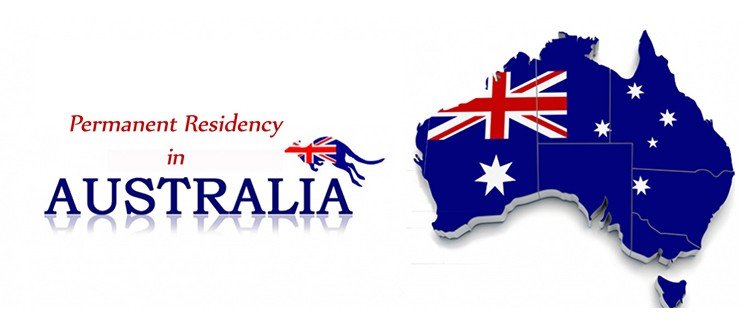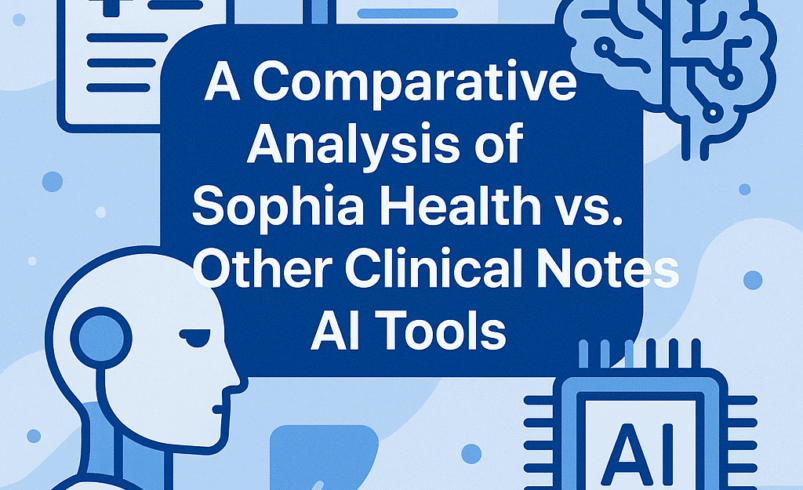Understanding Australia’s PR Pathways: Key Requirements Every Applicant Should Know

Australia continues to attract thousands of individuals every year who are eager to build a stable and fulfilling future on its shores. From the promise of exceptional educational opportunities to a robust job market and a high quality of life, there are plenty of reasons to aim for permanent residency. Yet, navigating through Australia’s varied visa subclasses, evolving eligibility rules, and procedural nuances can feel overwhelming and confusing.
That’s precisely why working with a trusted PR consultant for Australia makes all the difference. Their deep expertise, up-to-date understanding of migration laws, and insight into policy shifts can make the application process significantly smoother. They can help you craft the strongest application possible and minimize the risk of errors derailing your visa journey. This blog will explore the many Australian PR pathways and the essential requirements every applicant needs to understand before applying.
Why Consider Permanent Residency in Australia?
Permanent residency comes with a host of benefits that go far beyond simply being allowed to stay long-term. PR holders earn the right to live, work, and study anywhere in Australia indefinitely freedom that brings confidence and options. You also gain access to Medicare, the nation-built public healthcare system, which means medical support when you need it most.
Moreover, with PR status, you’re eligible to apply for bank loans, invest in property, and lay strong financial foundations. Importantly, you can also sponsor eligible relatives, enabling them to join you in Australia. With a clear route to citizenship after meeting residency requirements, PR serves as a robust stepping stone toward full membership in Australian society.
Key PR Pathways in Australia
Australia offers several structured visa pathways for individuals seeking permanent residency, each designed to match different circumstances, such as skilled work, study, or family connections. Understanding these options helps you align your background and goals with the right visa subclass. Here are the main PR pathways you should know about if you’re already living in Australia:
- Skilled Migration (General Skilled Migration Program)
The General Skilled Migration Program is one of the most sought-after pathways, particularly for professionals and tradespeople in high demand across Australia.
Common Visa Options:
- 189 Visa (Skilled Independent): No sponsorship required, freely allows you to work and live anywhere in Australia.
- 190 Visa (Skilled Nominated): Requires nomination by a state or territory government, usually in exchange for commitment to live and work in that jurisdiction.
- 491 Visa (Skilled Work Regional – Provisional): A five-year provisional visa that can lead to permanent residency.
Key Requirements:
- Your occupation must feature on the current Skilled Occupation List (SOL).
- You need a positive skills assessment from a competent authority like Engineers Australia or VETASSESS confirming your qualifications and work experience.
- Meet a minimum points threshold of 65, based on age, skills, education, experience, and language ability.
- Age typically must be under 45, though some exemptions are possible.
- You’ll need to demonstrate at least competent English through standard tests such as IELTS.
Gaining work or study experience in regional areas can boost your points and improve nomination prospects.
- Employer‑Sponsored Pathways
If you already have an employer willing to sponsor you, this can be one of the most efficient routes to PR.
Key Visa Options:
- 186 Visa (Employer Nomination Scheme – ENS): A direct permanent visa, subject to employer backing.
- 482 Visa (now transitioning to Skills in Demand or SID visa): A temporary visa that often leads to PR via the ENS (subclass 186) after two years with any approved employer.
- 494 Visa (Skilled Employer Sponsored Regional – Provisional): For regional employers; eventually leads to PR after fulfilling regional residence and work requirements.
Key Requirements:
- You must have a Job Offer from an approved sponsor
- Your occupation should be authorised under the relevant skilled list.
- Employers typically require two or more years of relevant experience, although under the new SID visa reforms, this requirement has been reduced to one year for certain streams.
- Health and character checks apply to all applicants.
- Age under 45 unless specific exemptions apply.
SID visa holders gain more mobility; time spent with any approved employer counts toward PR eligibility. You also benefit from new streamlined labour arrangements and faster processing.
- Graduate Visa Leading to PR (Subclass 485)
If you’ve completed your studies in Australia, the Graduate Visa offers a crucial window to build your pathway toward PR.
Streams Include:
- Graduate Work Stream: For vocational education and training (VET) graduates aligned to in-demand occupations.
- Post‑Study Work Stream: For university graduates with bachelor’s degrees or higher.
This temporary visa enables:
- Access to post-study work opportunities in Australia.
- Time to gain full-time skilled employment in your field.
- Opportunities to improve your English test scores.
- Preparation for a skills assessment and submission of an Expression of Interest (EOI) for skilled migration.
Use this visa period strategically to maximize your points and align with the timing of skilled invitation rounds.
- Partner Visa Leading to PR
If you have an Australian citizen or PR holder as your partner, this can be a smoother route toward permanent residency.
Visa Options:
- 820 / 801 (Onshore Partner): Apply from within Australia; preliminary temporary visa followed by PR after 2 years.
- 309 / 100 (Offshore Partner): Applied from outside the country, also consisting of temporary and then permanent stages.
Requirements:
- Evidence of a genuine, ongoing relationship, marriage, or shared finances and social ties.
- Demonstrated joint living arrangements or household responsibilities.
- Health and character clearances are mandatory.
The process involves two stages, and once granted, PR status allows you nearly all the benefits other PR holders enjoy.
5. Family Visas
Australia also supports family reunification through specific PR pathways for dependent children and parents.
Examples:
- 143 Contributory Parent Visa: Faster processing but much higher costs.
- 804 Aged Parent Visa: Lower cost but often with longer wait times.
- 101 Child Visa: For dependent children under 18 to join eligible family members.
Careful planning is essential here due to long processing timelines and complex financial requirements.
Each PR pathway comes with its own process, benefits, and eligibility criteria, so it’s worth taking the time to carefully explore your options. Choosing the right visa stream can significantly improve your chances of a successful and timely PR outcome.
Essential Requirements Across All PR Pathways
No matter which visa stream you’re pursuing, there are some universal requirements you can’t overlook. These criteria play a key role in determining your eligibility and application success.
Here are the most important requirements you should prepare for:
- English Language Proficiency
Most PR streams require at least competent English, verified via tests like IELTS or PTE. Higher proficiency (Proficient or Superior levels) can significantly boost your point score and competitiveness.
- Skills Assessment
A positive skills assessment from a relevant assessing authority is necessary for skilled occupations. This step verifies that your credentials and experience meet Australian standards, and varies by profession (e.g., Engineers Australia, CPA Australia).
- Health and Character Checks
Applicants must pass:
- A medical examination conducted by an approved panel physician.
- Police clearances from countries where they’ve lived for 12 months or more.
These safeguards protect Australia’s public health and safety.
- Points Test (Skilled Migration)
If applying under visa subclasses like 189, 190, or 491, you’ll need to submit an Expression of Interest (EOI) through SkillSelect. Your application must achieve a minimum points threshold currently 65, but higher scores significantly improve invitation chances.
Points are allocated for:
- Age
- English proficiency
- Work experience (both in Australia and overseas)
- Educational qualifications
- Study experiences in Australia or regional areas
- Partner skills
- NAATI certification for translators/interpreters
Regularly monitor the Skilled Occupation List; they’re updated to reflect market demand and can affect eligibility at any moment.
These core requirements form the backbone of any successful PR application in Australia. Meeting them early gives you a clear head start and helps avoid unexpected delays later.
Common Pitfalls and Strategies to Avoid Them
Even qualified applicants can face delays or rejection due to overlooked details. Watch out for:
- Incomplete or mismatched documentation.
- Expired English test results.
- Misunderstanding or overlooking eligibility timelines or occupation ceilings.
- Missing EOI submission or deadline windows.
- Applying for the incorrect visa subclass.
Staying informed and meticulous or working with someone who is can prevent unnecessary setbacks and increase your chances of a smooth process.
Conclusion
Australia’s PR pathways offer promising avenues, but each requires careful planning and strategic action. Whether you’re a student, skilled worker, or aiming to immigrate through family sponsorship, it’s crucial to understand your eligibility, maximize your points, and stay informed about changing regulations, such as SID visa transitions or updated application fees.
Small oversights can cost time, money, or even your visa outcome. That’s why early preparation and reliable guidance often make all the difference. Start by mapping your strengths to the best visa subclass and get your application in with confidence.




